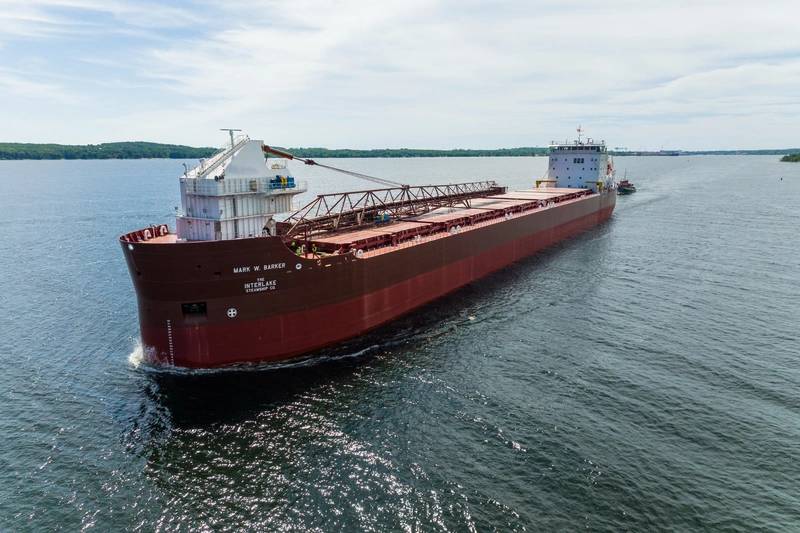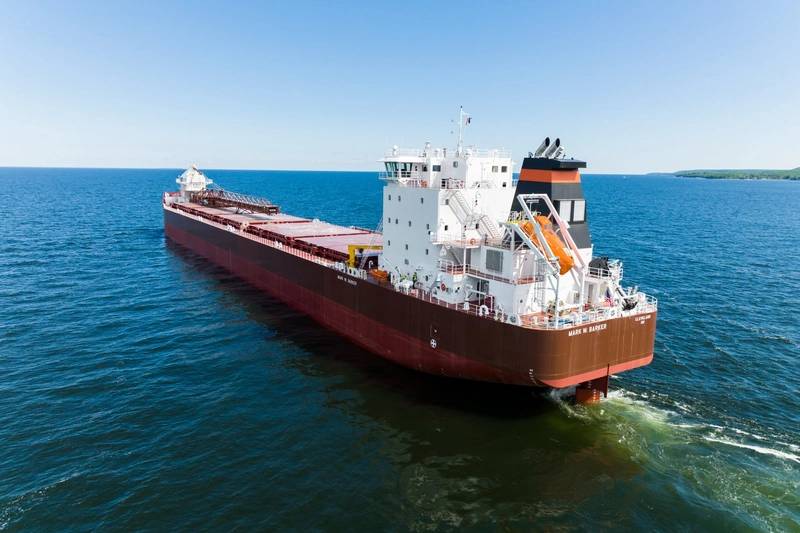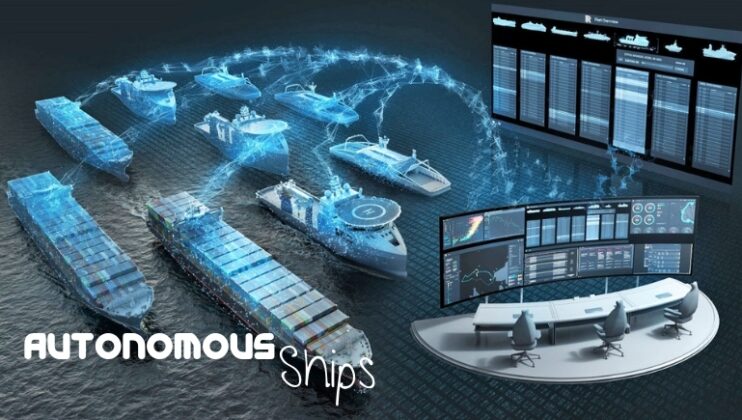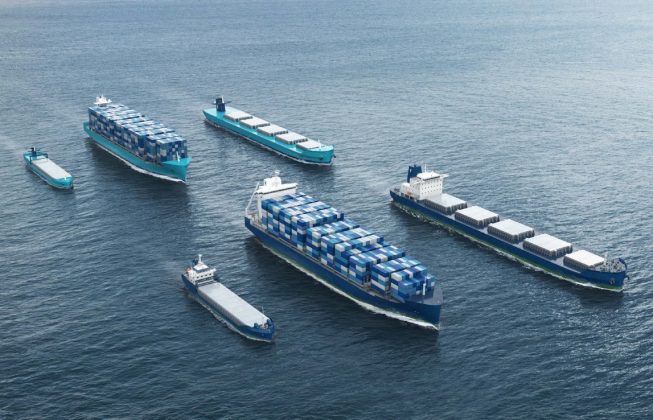China’s iron ore imports in June fell modestly from a year earlier, customs data showed on Wednesday, due to weaker demand from the steel-making industry.
The world’s top iron ore consumer imported 88.97 million tonnes of iron ore last month, easing 0.5% from 89.42 million tonnes in June 2021, the General Administration of Customs said.
The June import level also showed a 3.8% monthly decrease from May.
In the first half of 2022, China imported 535.75 million tonnes of iron ore, down 4.4% from the same period a year earlier.
Iron ore imports into China had slumped from March to April, as Brazil’s Vale halted iron ore train operations due to heavy rain while miners in Australia suffered from pandemic-induced labor shortages.
Supply disruptions have eased from May, and analysts expect imports to ramp up in the second half of the year.
“We must not forget that multi-100-million tonne per year iron ore mining strategies cannot be altered at the drop of a hat or in response to price volatility,” said Atilla Widnell, managing director at Navigate Commodities in Singapore.
“It is important to note that most of the majors operate using the ‘Just-in-Time’ inventory approach and will ship capes to their Chinese portside operations to sell in smaller yuan-denominated parcels.”
Lockdowns to curb the spread of COVID-19 contributed to tepid iron ore consumption by China’s steel sector.
As of July 8, iron ore inventory at Chinese ports hit a one-month high of 128.3 million tonnes, after rising for two consecutive weeks, based on SteelHome consultancy data.
“Chinese steel companies are still suffering from weak margins and high inventories, which has seen some suspend operations,” ANZ Research said in a Monday note.
The customs data also showed June steel product exports at 7.56 million tonnes, up 17% from the same period of 2021.
Steel exports for the first half of 2022 came in at 33.46 million tonnes, 10.5% lower than last year.
Source: Reuters (Reporting by Emily Chow in Kuala Lumpur, additional reporting by Enrico Dela Cruz in Manila; Editing by Clarence Fernandez, Bradley Perrett and Amy Caren Daniel)











